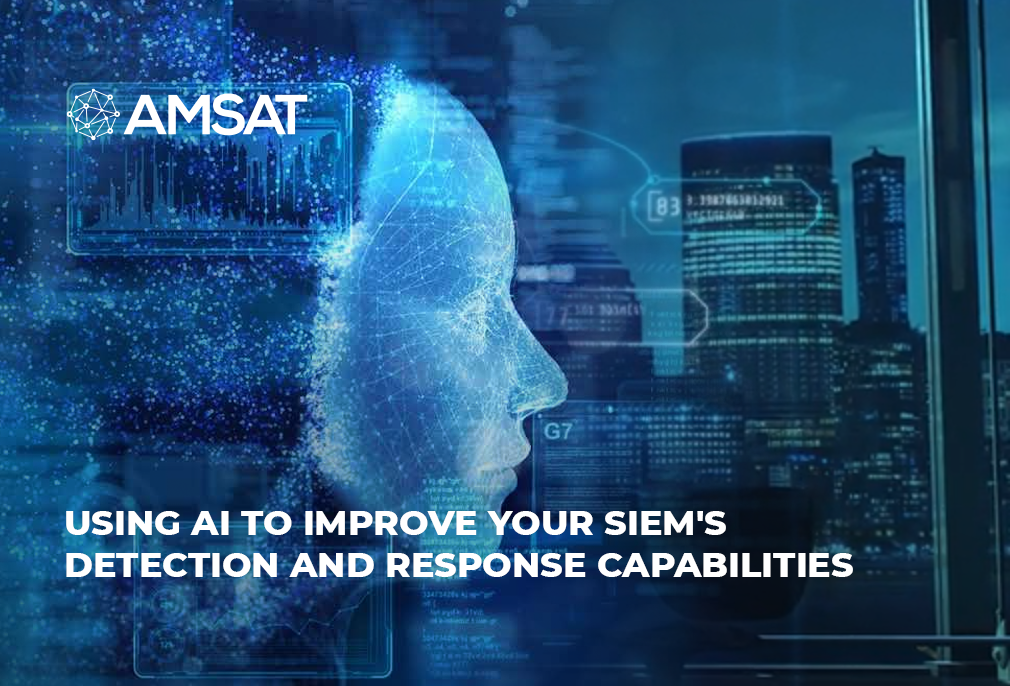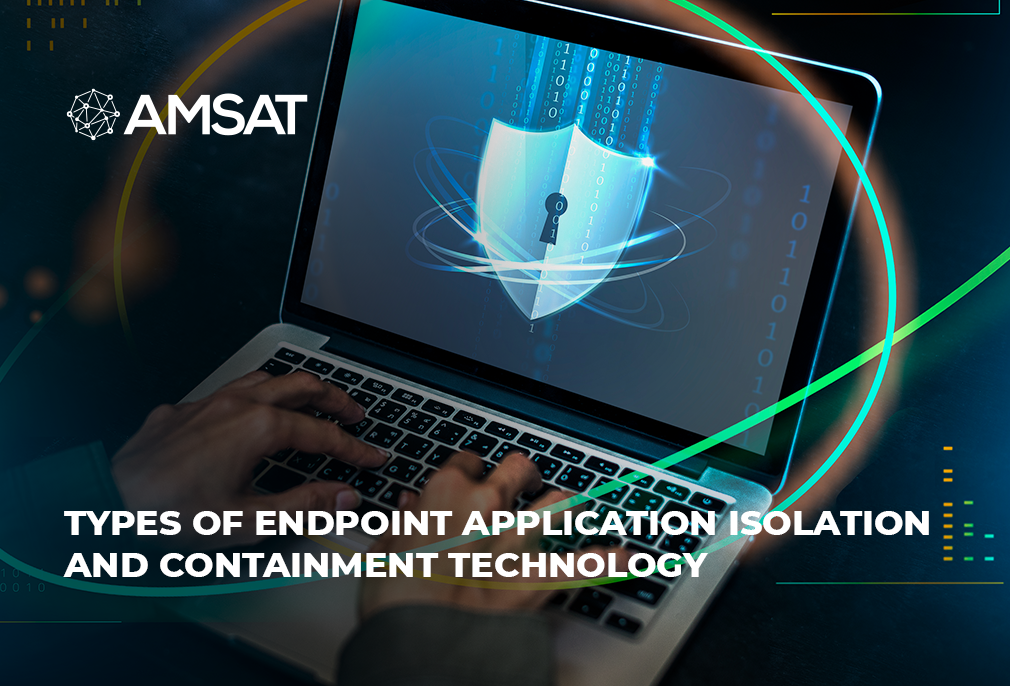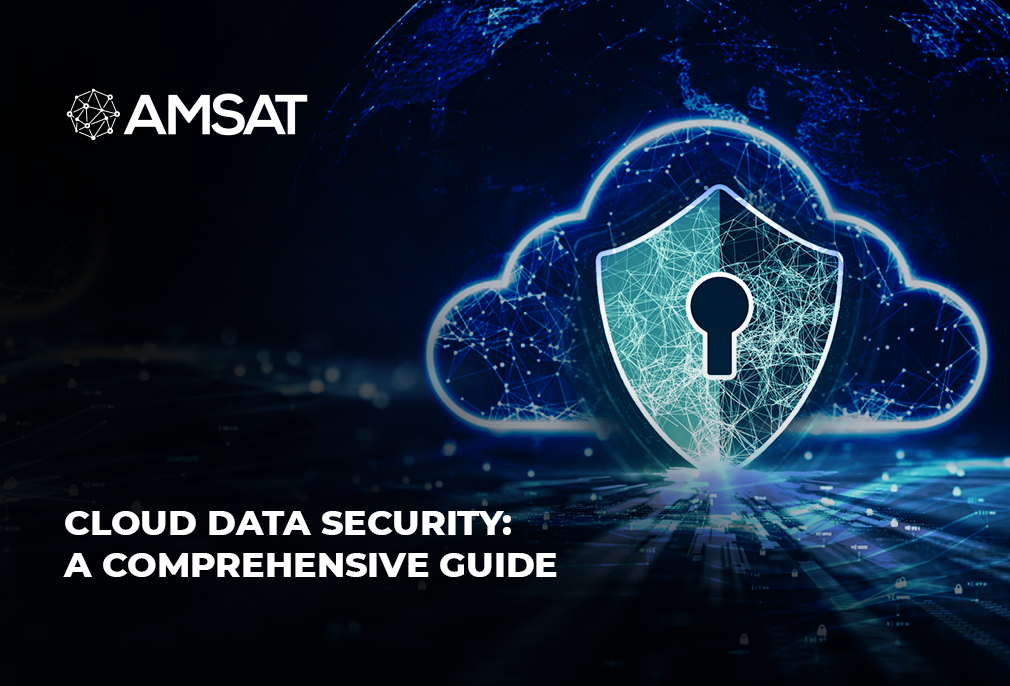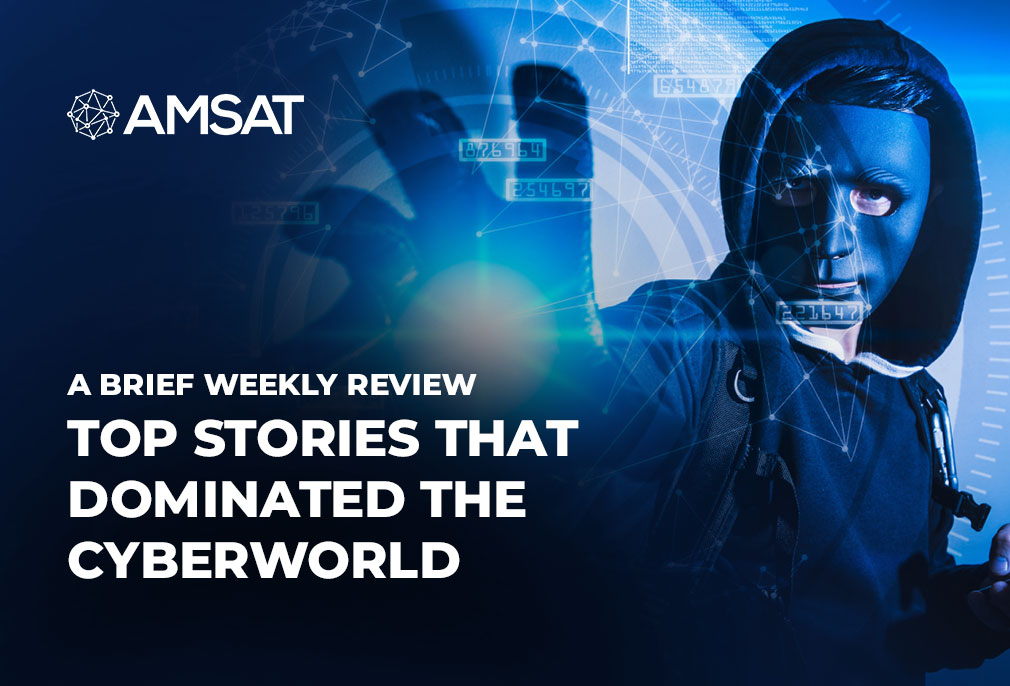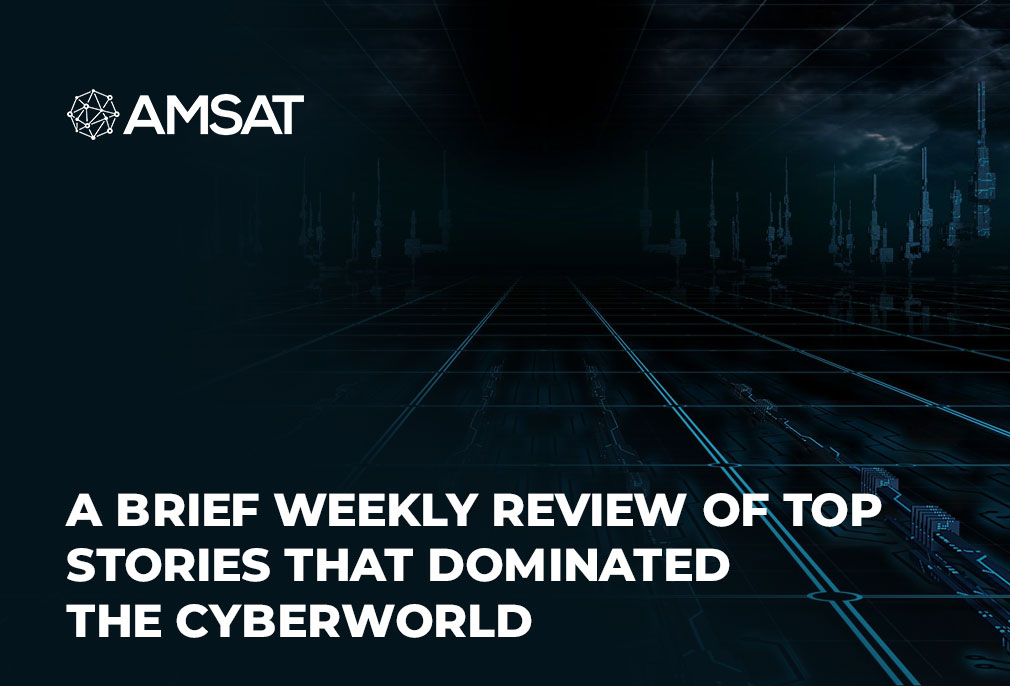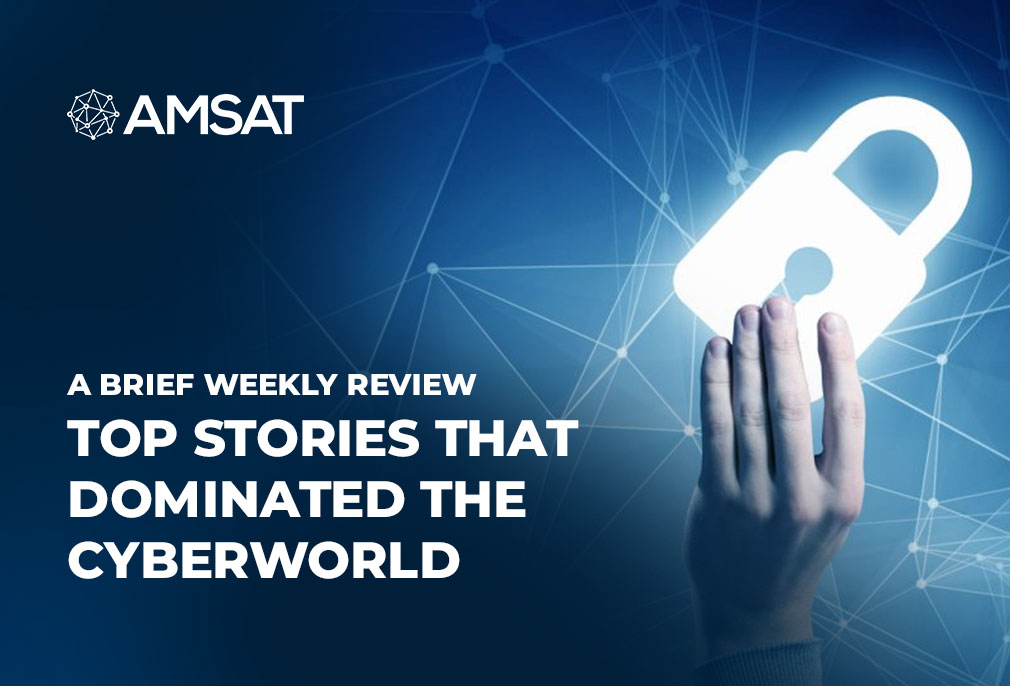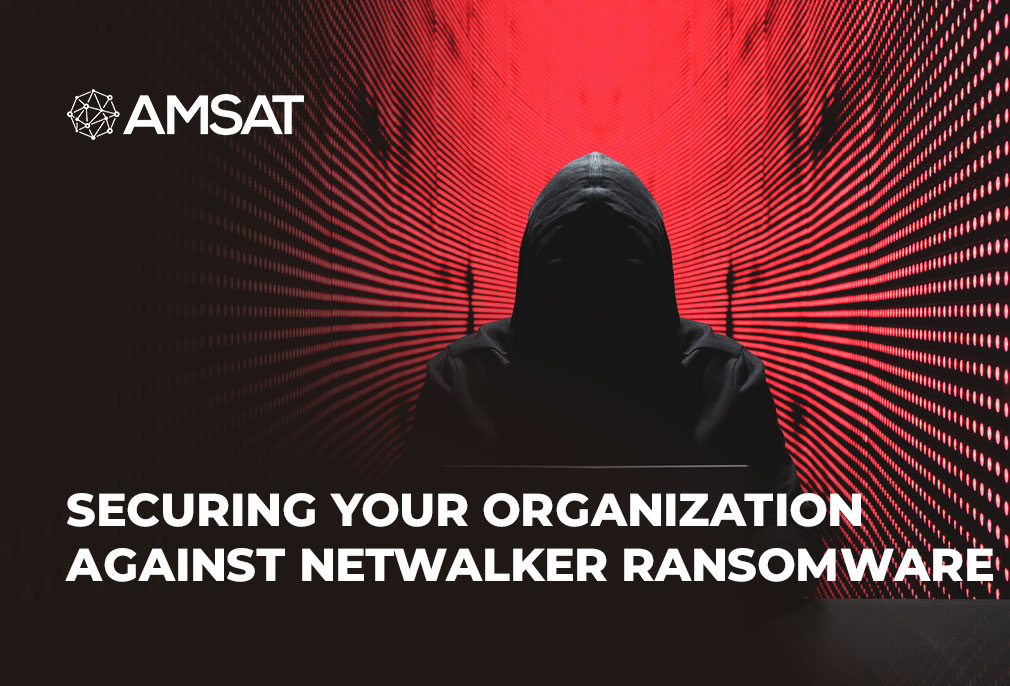Latest Blogs

By AMSAT Sep 24,2021
A Brief Weekly Review of Top Stories that Dominated the Cyberworld
Pakistan had one of the most embarrassing moments on the global security landscape when a 35-year-old Pakistani citizen, Mohammad Fahd, was sentenced to 12 years in prison in the US for his involvement in illegal hacking of AT&T phones. In another major development, European law enforcement agencies dismantled an organized crime group allegedly involved in online fraud, money laundering, and other illegal activities. Besides, the outgoing week saw some other events unfold on the security front.
Here’s a brief review of the major developments of the past week.
Illegal Unlocking of AT&T Phones: Pakistani Citizen Sentenced to Prison in U.S
A 35-year-old Pakistani citizen, involved in an AT&T hacking scheme, was sentenced to 12 years in prison in the United States.
The scheme initiated in 2012, when convict Mohammad Fahd and others employed AT&T call center employees for help in cracking phones sold by the telecom giant to customers.
Fahd was primarily helped directly by AT&T call center workers to unlock phones, but when in 2013 AT&T enforced a new system that made it more tough for employees to unlock devices, the man employed someone to create a piece of malware that, once installed on AT&T’s internal systems, would let him remotely crack a larger number of phones from Pakistan.
Illegal Unlocking of AT&T Phones: Pakistani Citizen Sentenced to Prison in U.S
European law enforcement authorities cracked down on an organized crime group purportedly involved in online fraud, money laundering, and other illegal activities.
With help from Europol and Eurojust, the police made over 100 arrests — chiefly in Spain, with some in Italy — conducted 16 house searches, and froze 118 bank accounts. They seized
several electronic equipment, hundreds credit cards, SIM cards, and more.
The group, which was connected to the Italian Mafia, swindled hundreds of individuals through attack methods such as phishing, SIM exchange, and even business email compromise (BEC). The proceeds were laundered through a network of fake companies and couriers.
Illegal Unlocking of AT&T Phones: Pakistani Citizen Sentenced to Prison in U.S
Cisco announced the availability of patches for a number of serious flaws in IOS XE software that could be misused to perform random code remotely, cause denial of service, or manipulate device configuration.
The most critical of these issues was CVE-2021-34770, which could have led to remote code execution without verification, with administrator privileges.
Found in the Control and Provisioning of Wireless Access Points (CAPWAP) protocol processing of IOS XE software for Catalyst 9000 wireless controllers, the virus can also have been abused to cause a denial of service (DoS) condition.
TAGS
- AT&T hacking
- Security Updates
- Cisco
Recent Blogs
Ready to Get Started?
Our specialists are ready to tailor our security service solutions to fit the needs of your organization.


